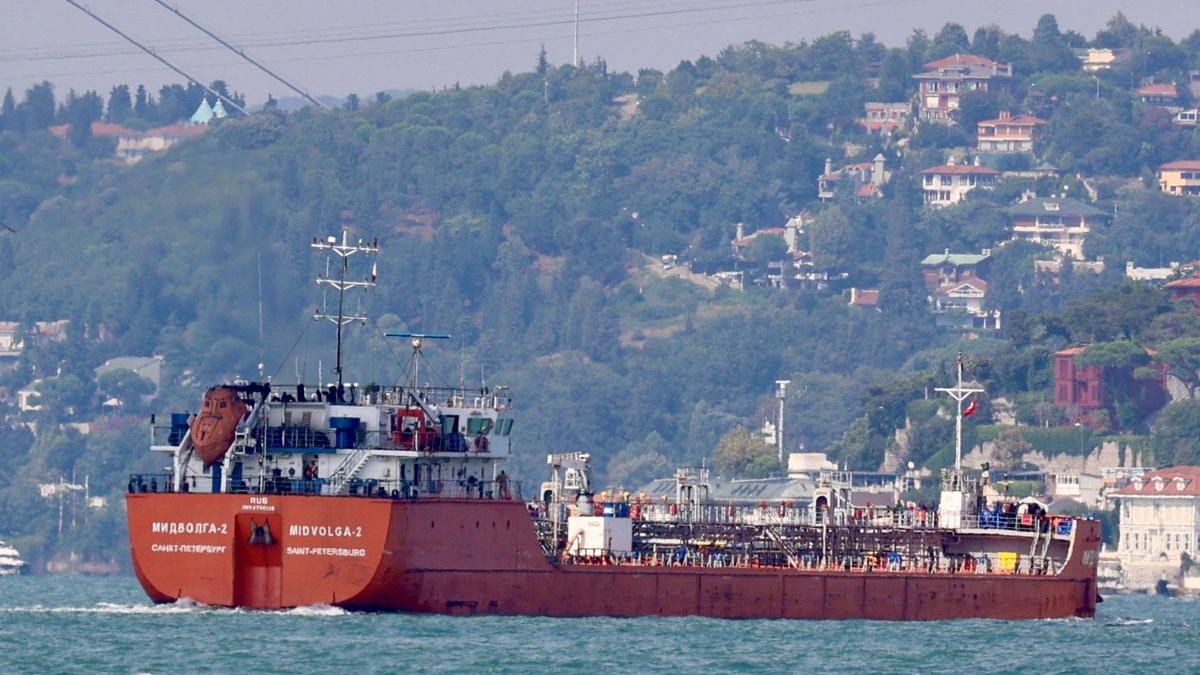



India’s coffee exports have surged 125% to $1.8 billion in the last 11 years, due to Coffee Board initiatives. Key factors include support for value-added products and promoting sustainable, shade-grown coffee. Europe remains the top destination, with government assistance helping exporters reach new markets and meet international standards.

Copyright infringement not intended
Picture Courtesy: ECONOMICTIMES
India's coffee exports have increased by 125% over the past 11 years to reach $1.8 billion.
India is the seventh-largest coffee producer in the world, contributing about 3% to the global output, also the 5th-largest coffee exporter globally, accounting for 5% of the world's coffee exports.
The coffee sector provides direct and indirect employment to approximately two million people in India.
In the fiscal year 2024-25, exports reached $1.81 billion, a jump from around USD 800 million in 2014-15.
Europe is the primary market for Indian coffee, with major importers including Italy, Germany, and Belgium. Other significant buyers are Russia, the United Arab Emirates, Japan, and South Korea.
Digitalization => The Coffee Board has simplified processes by allowing the online issuance of necessary documents like export permits and certificates of origin with digital signatures.
Financial Incentives => The government provides financial assistance to exporters. This includes incentives for exporting value-added coffee products and for shipping high-value green coffee to distant markets like the US, Canada, Japan, and Australia.
Support for Value Addition => To encourage the processing of coffee within India, the Board offers financial support to individuals, self-help groups, and growers for installing roasting, grinding, and packaging machinery. This helps increase the value of exported products.
Shade-Grown Coffee => India is a leading promoter of shade-grown coffee. This method involves cultivating coffee under a canopy of diverse native trees. It supports biodiversity, conserves soil and water, and increases carbon sequestration, and also helps Indian coffee comply with international environmental standards, such as the European Union's deforestation regulation.
Arabica
Robusta
Traditional Coffee Growing States:
Non-Traditional Areas => Coffee cultivation is also being promoted in non-traditional states like Andhra Pradesh (in the Araku Valley), Odisha, and the states in the Northeast, providing a sustainable livelihood for tribal communities.
Global Price Volatility => Indian coffee prices are linked to global market fluctuations. While currently high due to supply issues in major producers like Brazil and Vietnam, this can be a double-edged sword.
Climate Change => Erratic rainfall, rising temperatures, and prolonged droughts are affecting coffee yields and quality.
Potential for Growth => There is immense potential to increase exports, particularly of specialty coffee. Entrepreneurs are increasingly partnering with Indian producers to promote Indian coffee on the global stage. The government is also looking to expand coffee cultivation to non-traditional areas, such as the tribal regions of Odisha.
Must Read Articles:
India's Coffee Exports in FY24
Source:
|
PRACTICE QUESTION Q. Consider the following statements in the context of the Coffee Production in India: 1. Arabica has a higher market value than Robusta coffee due to its mild aromatic flavor. 2. Kerala is the largest producer of coffee in India. 3. India exports less than half of its coffee production. How many of the above statements are incorrect? A) Only one B) Only two C) All three D) None Answer: B Explanation: Statement 1 is correct: India produces two varieties of coffee: Arabica and Robusta. Arabica coffee has a higher market value than Robusta coffee because of its mild aromatic flavour. Robusta coffee's strong flavor makes it suitable for use in a variety of blends. Robusta coffee accounts for 72% of total Indian coffee production. India is considered the world's fifth-largest producer of Robusta coffee. Statement 2 is incorrect: Karnataka is the largest producer, accounting for about 71% of total coffee production in India. Kerala is the second-largest coffee producer, accounting for only about 20% of total production. Tamil Nadu is India's third-largest coffee producer, accounting for 5% of total production. Half of Tamil Nadu's coffee is produced in the Nilgiri district, a major Arabica-growing region. Orissa and the northeastern areas account for a smaller proportion of production. Statement 3 is incorrect: According to the Food and Agriculture Organization (FAO), India is the world's eighth largest coffee exporter by volume. Indian coffee exports are seasonal, peaking between March and June. More than 70% of the country's production is exported. |









© 2026 iasgyan. All right reserved